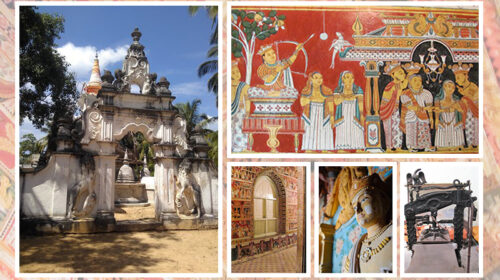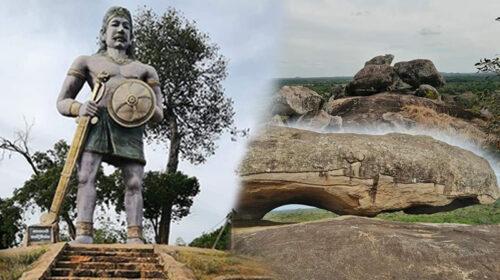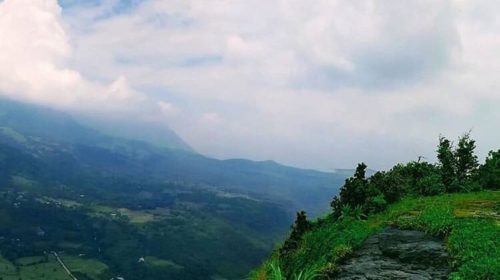Dambulu Viharaya

Dambulla Rock is located at a height of about 600m from the plain. There is a cave complex in this Dambulla rock. There is a very valuable stone temple in this cave in this country. In the Mahavamsa this temple is named as Jambukola. This cave temple is located at a height of about 350 feet in the Dambulla rock. There are naturally created caves as well as man-made caves. It is said that some of these natural caves were enlarged and renovated by King Wattagamini Abhaya who lived in the 1st century BC. The temple dates back to BC. Cree from the 3rd century. BC The Brahmi script in this lentil says that there was a monastery where monks worked from the 5th century onwards. No Buddha statue found by archaeologists. It is not mentioned before the first century and no archaeologist has been able to say the date of any of the Buddha statues in the Dambulla temple due to the fact that the statues have not been well preserved and have not been systematically repaired. A small inscription here says that monks lived in the caves of Dambulla during the reign of King Wattagamini Abhaya. Later. According to the Culavamsa, the Dambulla temple received the patronage of King Vijayabahu in the 11th century and the Mahavamsa states that the temple also received the patronage of King Nissankamalla who lived in the Polonnaruwa period. It is also said that the king performed a pooja at great expense and after that time the temple was called Swarnagiri Cave. Today this temple is popularly known as the Ran Giri Dambulla Temple.

With the decline of the Polonnaruwa period, Dambulla was maintained as a place of worship but did not receive state patronage. Later during the reign of Kandy the temple gained an important place. The Thambatha called Dambulu Kuda Patha states that the renovation work of this temple was done by King Senarath who ruled during the Kandyan period. It is said that it took three years to complete the repairs. It is said that the repair work was done at the end of the day to keep an eye on the Buddha statues. The Dambulla temple was finally patronized during the reign of King Keerthi Sri Rajasinghe during the Kandyan period.

Paintings in the caves of Dambulla
There are five caves in the Dambulla temple which are considered as Buddhist houses today. Almost all of these caves have about one hundred and fifty Buddha statues and other paintings depicting the character of the Buddha and the history of Sri Lanka. These 18th century paintings and sculptures mark an important milestone in the history of art in Sri Lanka. It is an important event during this time that a large number of artists showcase their talents. Archaeologists point out that these paintings have the influence of Polonnaruwa and Anuradhapura. These paintings use red and yellow to show a good color combination. Some commentators have suggested that the paintings in Dambulla may have been inspired by the Deccan School, a South Indian Muslim-inspired art tradition. Every place inside these caves is decorated with paintings.

Cave No. 1
This is called Raja Viharaya. The Buddha statue at Piriniwan Manchaka here shows the features of the statues of the Anuradhapura period. This statue is 47 feet long.
Cave No. 2
This is known as the Maha Raja Viharaya and the various seals on the Buddha statues here. There is a dragon pantheon at the entrance.
Cave No. 3
This is called the Great New Temple. This remained a storage room until the 18th century. Here are some of the ones I found to be interesting:
Cave No. 4
This is called the Western Temple, where ten Buddha statues of the same size have been created.
Cave No. 5
Named the Second New Temple, it is the smallest of the Dambulla caves.










